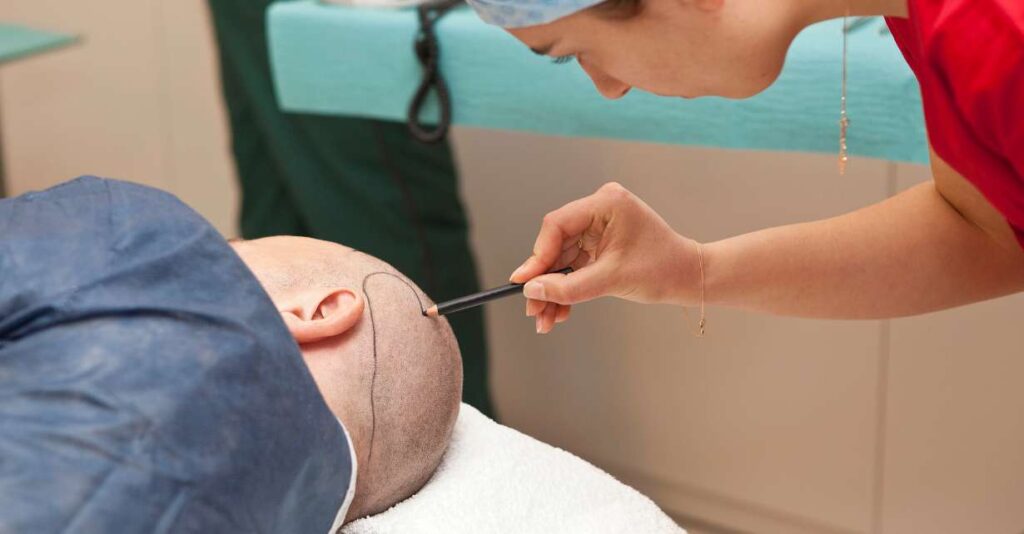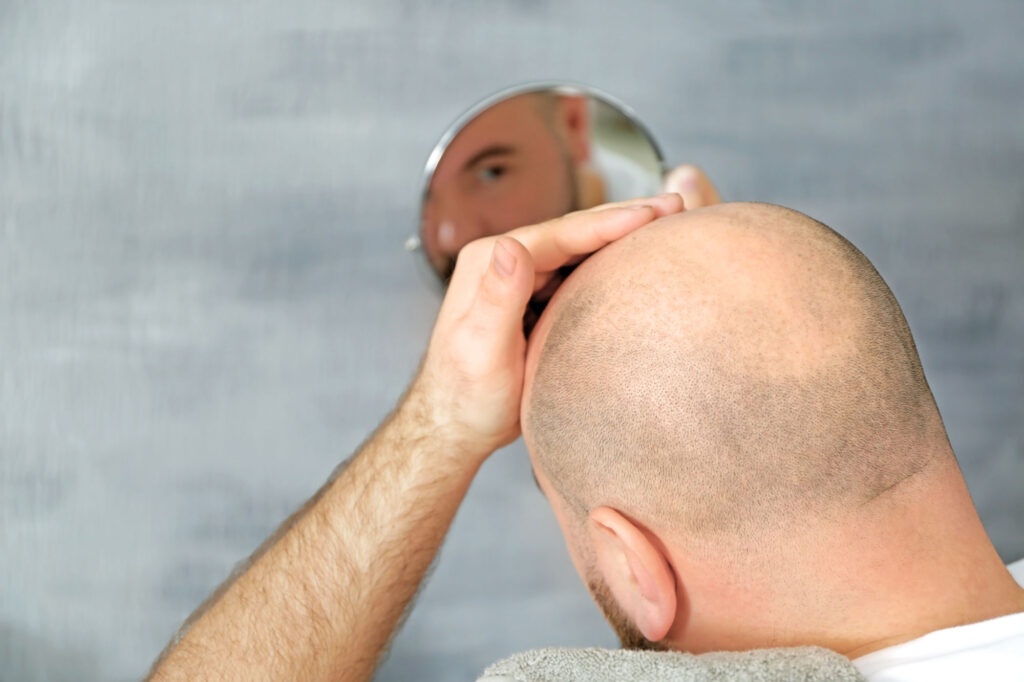
Hair loss can be a challenging experience, affecting not only appearance but also confidence. Fortunately, hair transplantation offers an effective solution for many people experiencing thinning hair or baldness. Among the various techniques available today, Direct Hair Implantation (DHI) is gaining popularity due to its precision, effectiveness, and natural-looking results.
At our health center, we proudly provide hair transplant services to individuals of all gender identities and orientations. Our goal is to create an inclusive environment where everyone feels comfortable, whether they are seeking to restore their hairline, address hair thinning, or enhance their appearance as part of a gender-affirming process. In this blog, we will explore the DHI hair transplant technique, discussing how it works, who it is suitable for, and what makes it unique in comparison to other methods.
İçindekiler
1. Understanding DHI Hair Transplantation
Direct Hair Implantation (DHI) is a method of hair transplantation that builds on the principles of Follicular Unit Extraction (FUE), but with a more advanced and refined approach. While FUE involves harvesting hair follicles individually from the donor area and implanting them manually, DHI adds a specialized tool called a Choi Implanter Pen into the process. This tool allows for greater precision during the implantation phase, as the hair follicles are directly inserted into the scalp without the need for incisions or channels to be made beforehand.
Here’s a breakdown of how the DHI process works:
- Extraction: Similar to FUE, hair follicles are extracted one by one from the donor area, which is usually located at the back or sides of the head. These areas are typically resistant to hair loss, ensuring that the transplanted hair will remain healthy and strong.
- Implantation: Using the Choi Implanter Pen, the hair follicles are immediately implanted into the recipient area. The pen enables the surgeon to control the angle, depth, and direction of each follicle, ensuring a natural-looking hairline and overall result.
The key difference between DHI and other techniques is the use of the Choi Implanter Pen, which streamlines the process and allows for greater accuracy and precision. This method is particularly beneficial for those who are seeking to refine their hairline or fill in specific areas of thinning hair.
2. What are the perks of undergoing DHI hair transplantation?
For a variety of reasons, DHI has become favored by many individuals for hair restoration purposes. This method provides a multitude of benefits, including:
- DHI’s precision is a noteworthy aspect that sets it apart. Using the Choi Implanter Pen, surgeons are able to carefully place a single hair follicle into each one. The natural direction of hair growth is maintained by this process, resulting in a smoother and more natural outcome.
- DHI requires the scalp to be surgically cut rather than inserted through incisions or channels before hair follicles are implanted. The scalp’s trauma is minimized, leading to faster healing and less discomfort for the patient.
- The higher survival rate of hair follicles after extraction means that they spend less time outside the body. Better results, and ultimately, a higher success rate.
- Those seeking to achieve a natural hairline or improve certain scalp areas can utilize DHI. This ensures that the hair transplanted is well matched with the existing hair, thanks to the precise method of implantation.
- The time required for DHI to complete a transplant is typically shorter than that of other hair transplant procedures due to the lack of incisions and stitches. Following post-operative care instructions will help patients recover quickly, but it is usually a few days before they can go back to their regular activities.
3. Who is a suitable candidate for DHI?
Regardless of gender or degree of hair loss, DHI is a method that can be utilized by anyone. It’s particularly appropriate for individuals who:
- Want to achieve a precise hairline restoration or fill in thinning areas with natural results.
- Have enough donor hair on either side of the head.
- Opt for a minimally invasive procedure with less recovery time.
- Desire to avoid the appearance of scars or stitches.
- DHI is a highly effective method for creating symmetry in the hairline to match one’s gender identity, and can be used as reversible male or female skin treatments. If you’re transitioning, or just want to give your hairline a little punch, DHI has the perfect solution for you.
4. DHI: What to expect during stay undivided
Depending on the number of grafts that are carried out, the DHI hair transplant process usually takes several hours. Prior to the operation, a local anesthetic will be administered and used to stimulate both the donor and recipient areas for your comfort during the procedure.
During the procedure, the surgeon will carefully remove hair from the donor area using a special tool. All these details are provided below. Immediately, these follicles are implanted into the recipient area and then loaded in the Choi Implanter Pen.
Some mild redness, swelling or pain may be felt in the areas where you have undergone surgery. These side effects are temporary and should subside within a few days. Most patients recover faster than with other types of hair transplant, and DHI can return to work within a week.
Your surgeon’s post-operative care guidelines may include avoiding strenuous activities, protecting your scalp from the sun during surgery, and using prescribed medications to promote healing and hair growth.
5. For how much time do the results persist?
The outcome of DHI hair transplantation is enduring. They are extracted from areas of the scalp that do not lose hair and so, the new follicles will continue to grow naturally. Within three to four months of the procedure, most patients experience hair growth, and the complete process takes approximately 12-18 months.
Those experiencing male or female pattern baldness should take note that the transplanted hair will remain permanent, but hair loss in other areas may persist for some time. Therefore, it’s important to have the assistance of an expert surgeon who can create a comprehensive long-term hair restoration plan that is tailored to your specific requirements.
6. How can we assist you in obtaining your DHI Hair Transplantation at our clinic?
We’re devoted to offering top-notch hair restoration services at our health center. At GSOT, we strive to provide a welcoming and inclusive environment that ensures your emotional well-being during your treatment. Looking to improve your appearance, we have solutions for all types of issues, including hair loss and thinning areas.
Our clinic, led by Dr. MFO is a specialist in the most up-to-date hair transplant techniques, such as DHI. We pride ourselves on offering tailored treatment plans to suit individual patients individual needs and goals.
To learn more about our services, visit our clinic’s website at www.hairtrans.com. For more information about Dr. MFO and his expertise in hair transplantation, visit https://www.dr-mfo.com/tr/.


